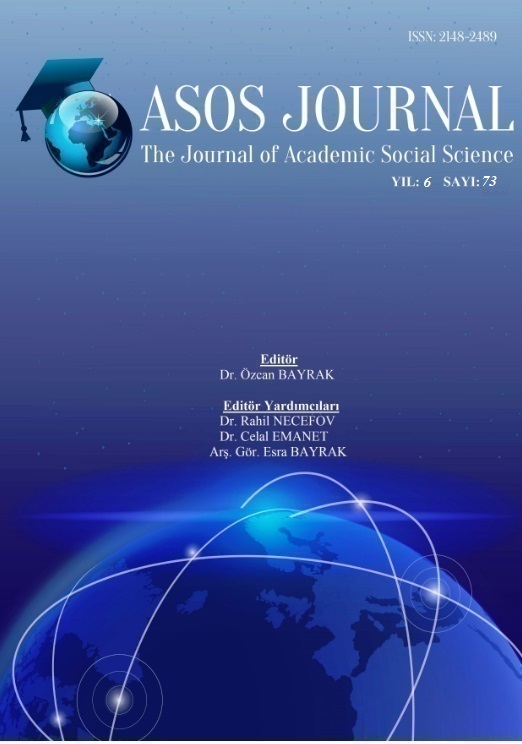Author :
Abstract
Kurumsal yapılar, çevresi ve hedef kitlesi ile iletişimi ölçüsünde fark edilir ve benzerlerinin sergilediği gayretin üzerine çıktıkça farklılaşır. Algılanması istenen durumun hedef kitledeki yansımasına yön verme çabası olarak da görülen imaj yönetimi, hedef kitlenin algısında iyi bir konumda olabilme mücadelesidir. Sosyal Güvenlik Kurumunun imajının tespiti için yapılan bu çalışmada, 7 il müdürlüğünden hizmet alan vatandaşlar üzerinde saha araştırması yapılmıştır ve 906 katılımcının cevapları analize değer bulunmuştur. Sosyal Güvenlik Kurumunun halkla ilişkiler ve sosyal sorumluluk kapsamında hedef kitledeki algısının olumsuz olduğu, hizmet kalitesi ve görsel kimlik noktasında, çok olumlu olmamakla beraber, geçmişe nazaran hedef kitlede oldukça olumlu bir algıya sahip olduğu belirlenmiştir. Halkla ilişkilerin daha iyi bir yerde konumlandırılmasının ve hizmet kalitesinin artırılmasının, temel beklenti olduğu tespit edilmiştir.
Keywords
Abstract
Institutional structures are perceived in terms of communication with the environment and the target group and differ as they exert their efforts. Image management, also seen as an attempt to direct the reflection of the target situation to the perception of the target, is a struggle to be in a good position in perception of target group. In this study to determine the image of Social Security Institution field research was conducted on and 906 participants' answers were found to be worth analyzing. It has been determined that the perception of the Social Security Institution about public relations and social responsibility is negative in the target group and it has a very positive perception of service quality and visual identity compared to the past. It has been determined that positioning the public relations in a better place and increasing the quality of service is the main expectation.





